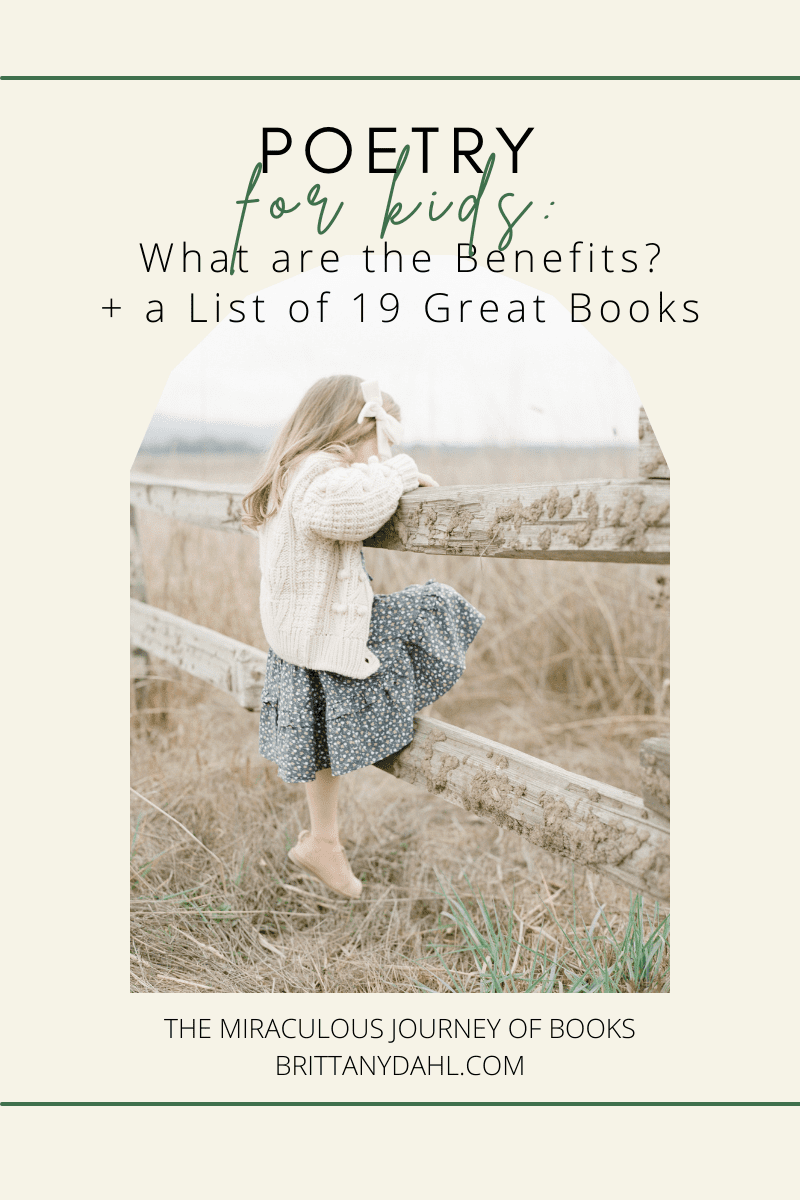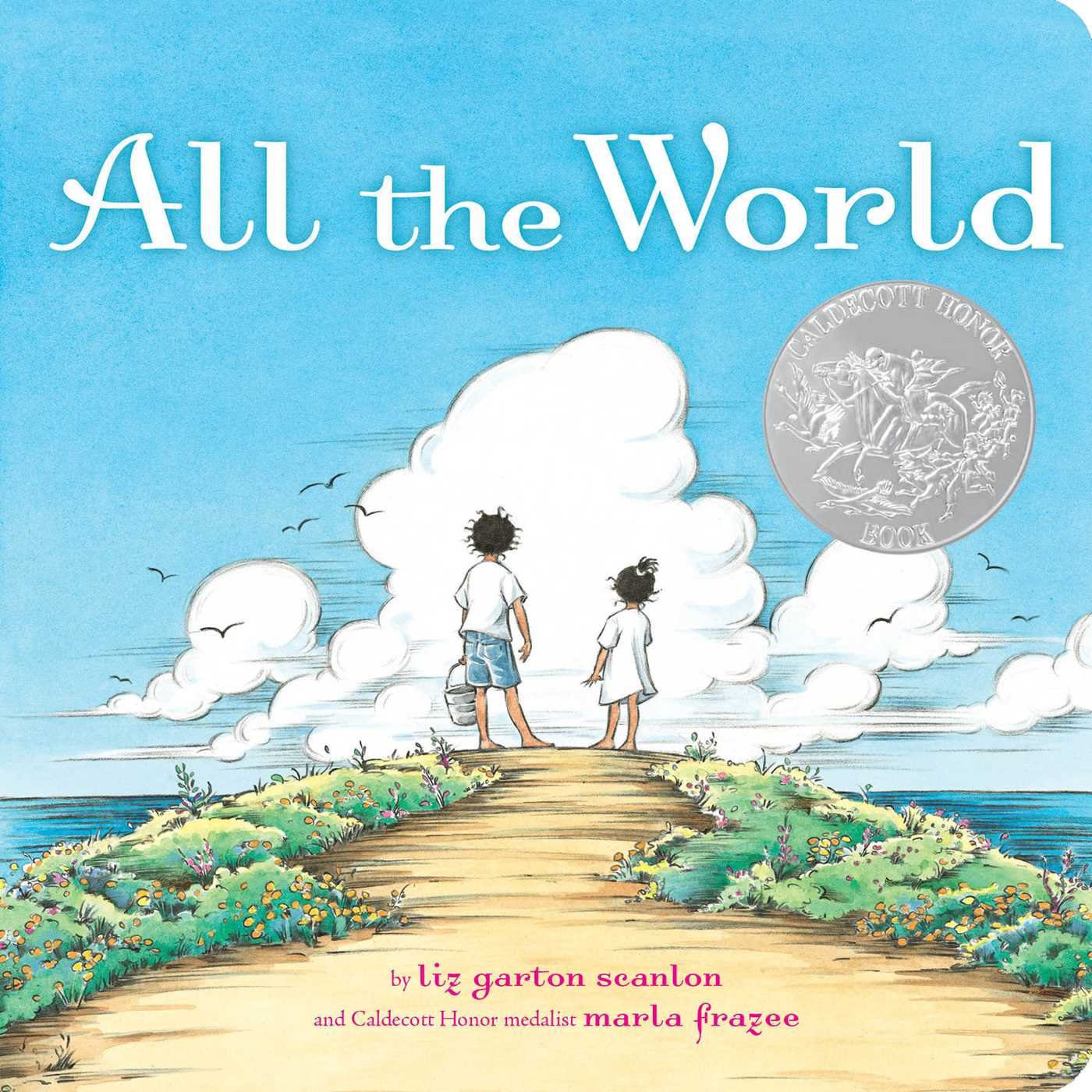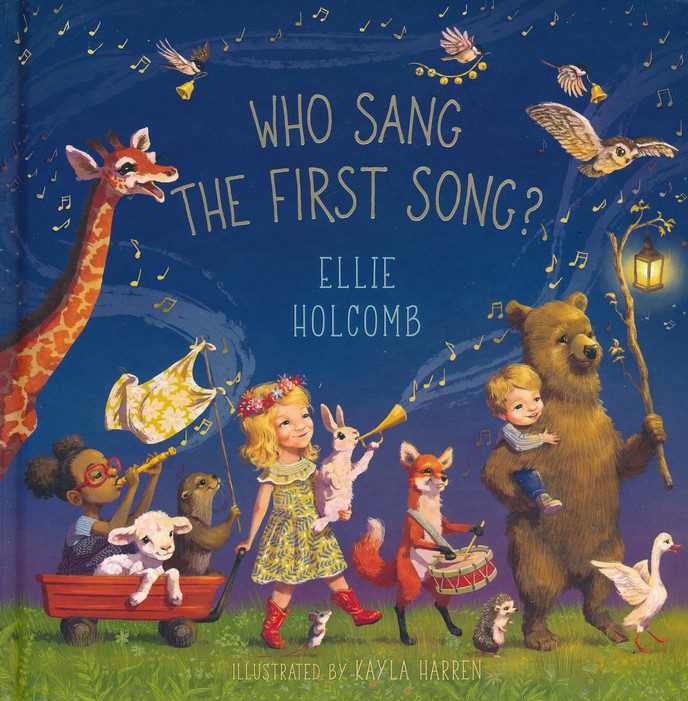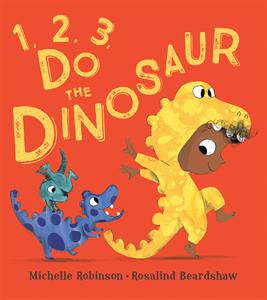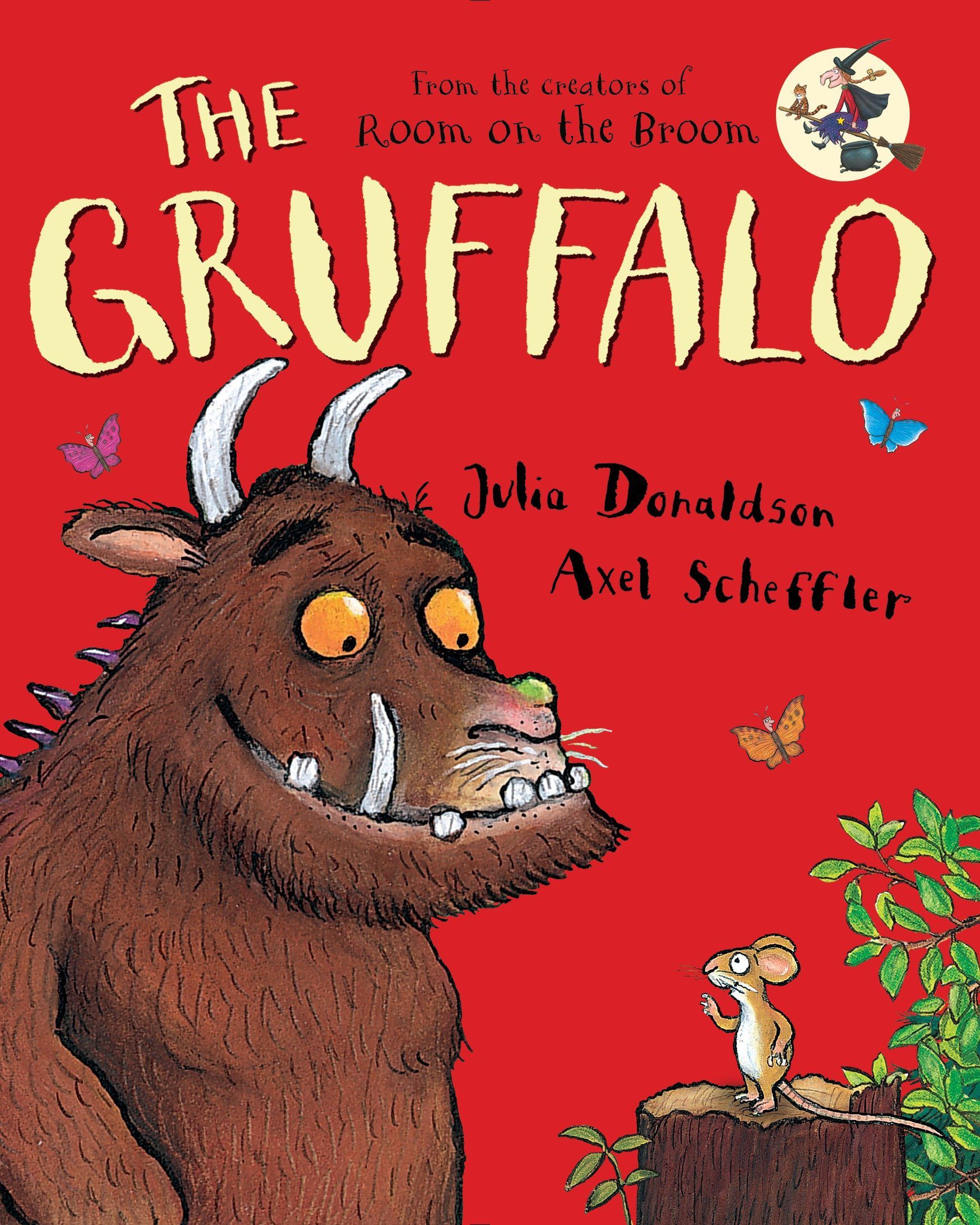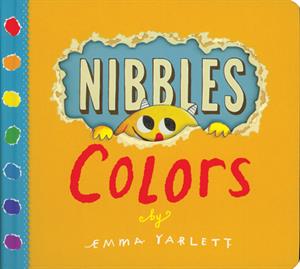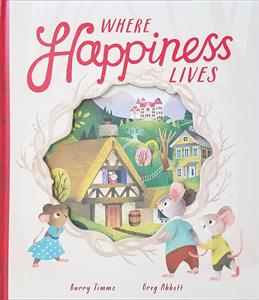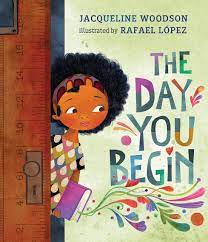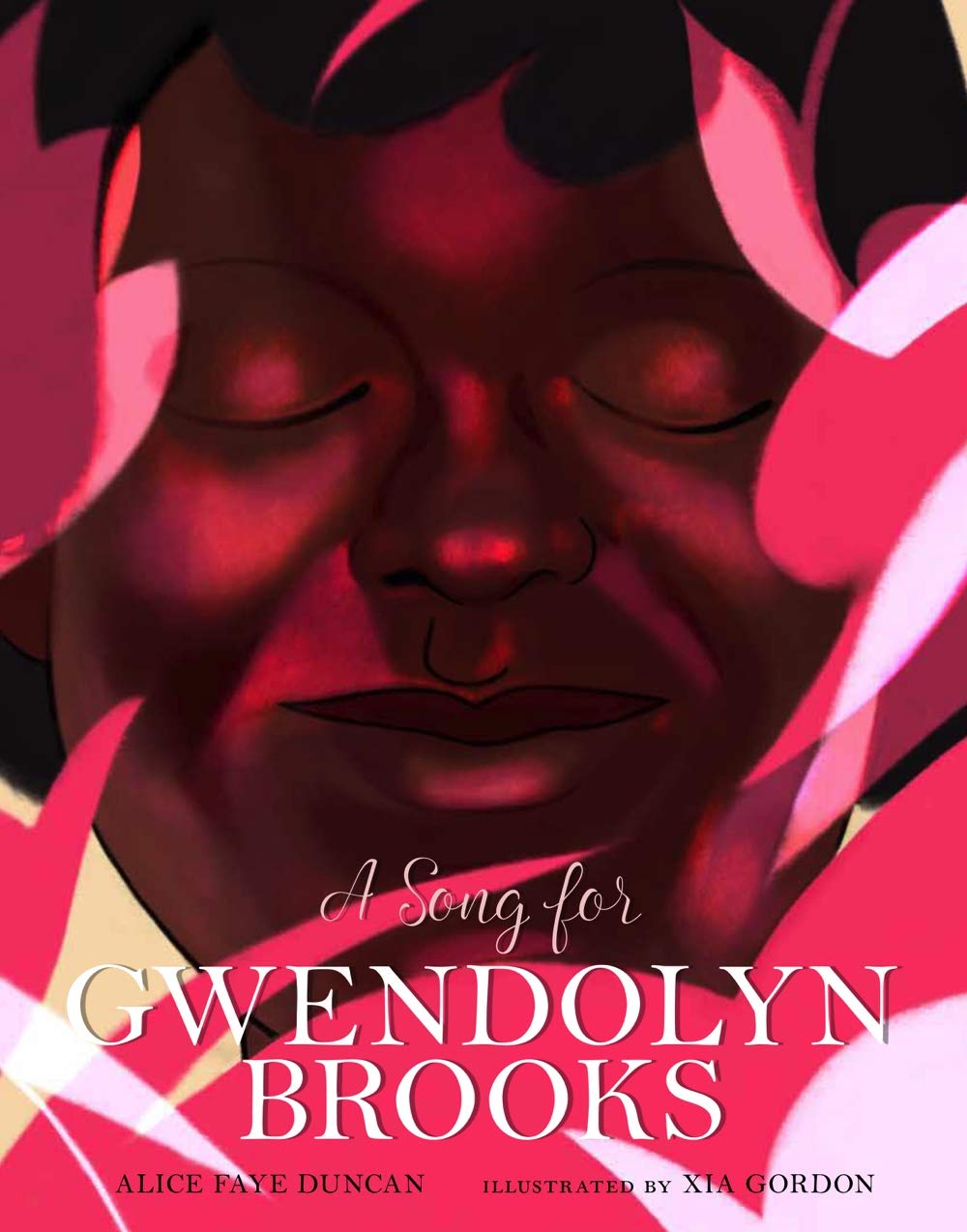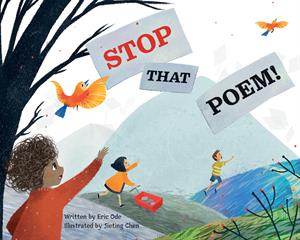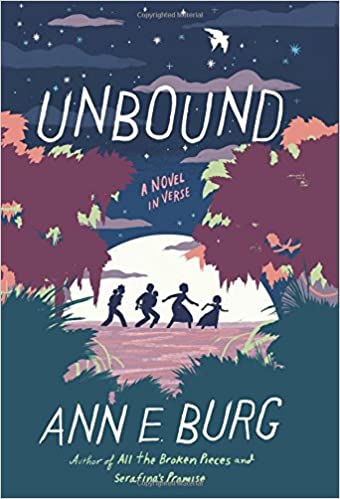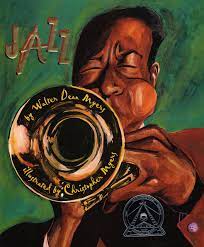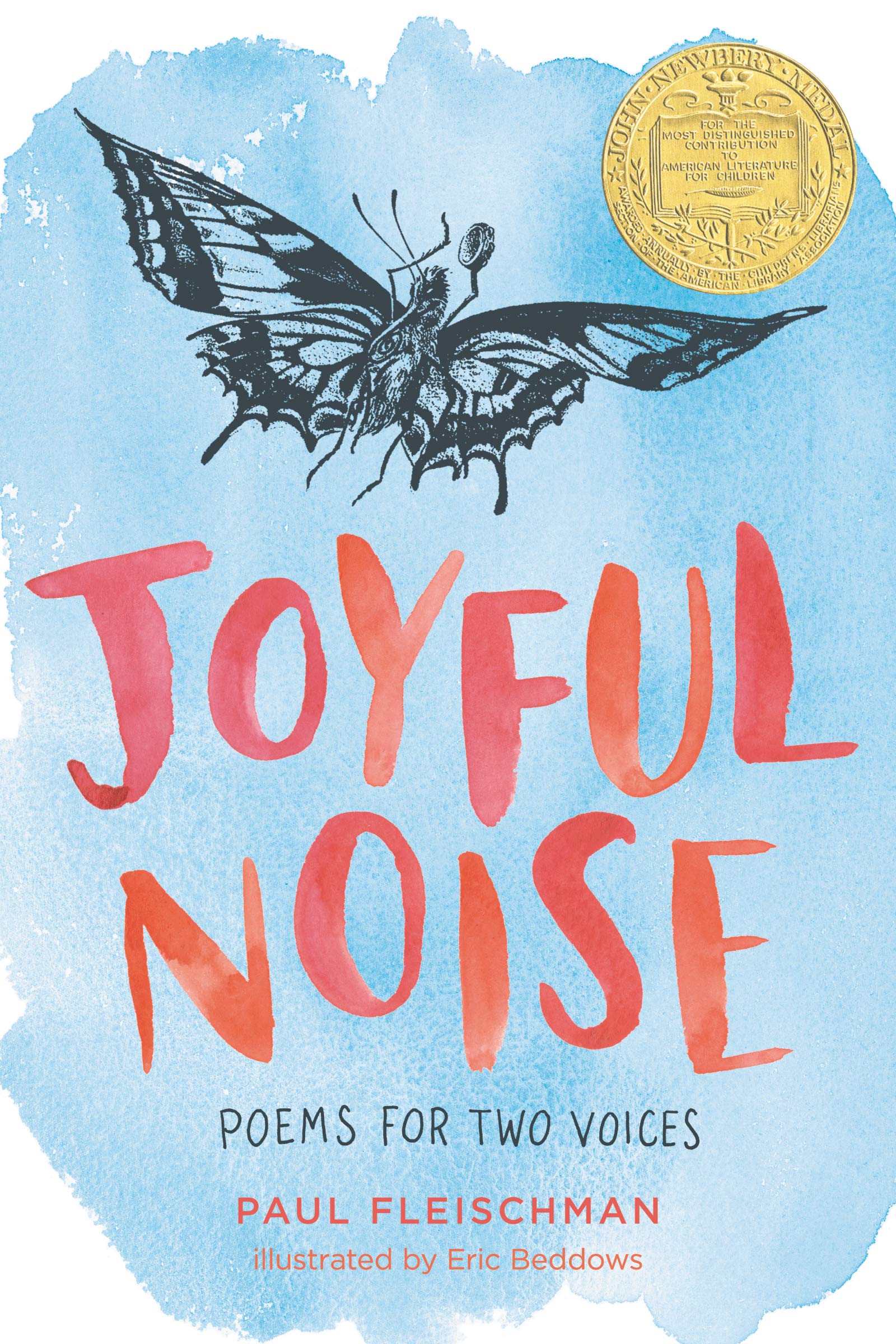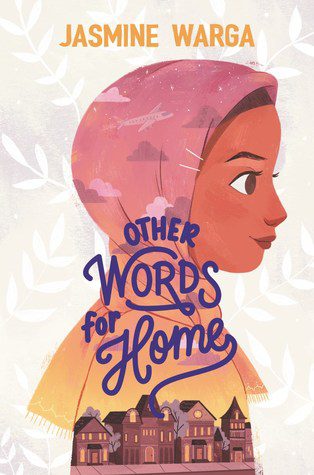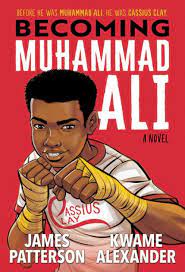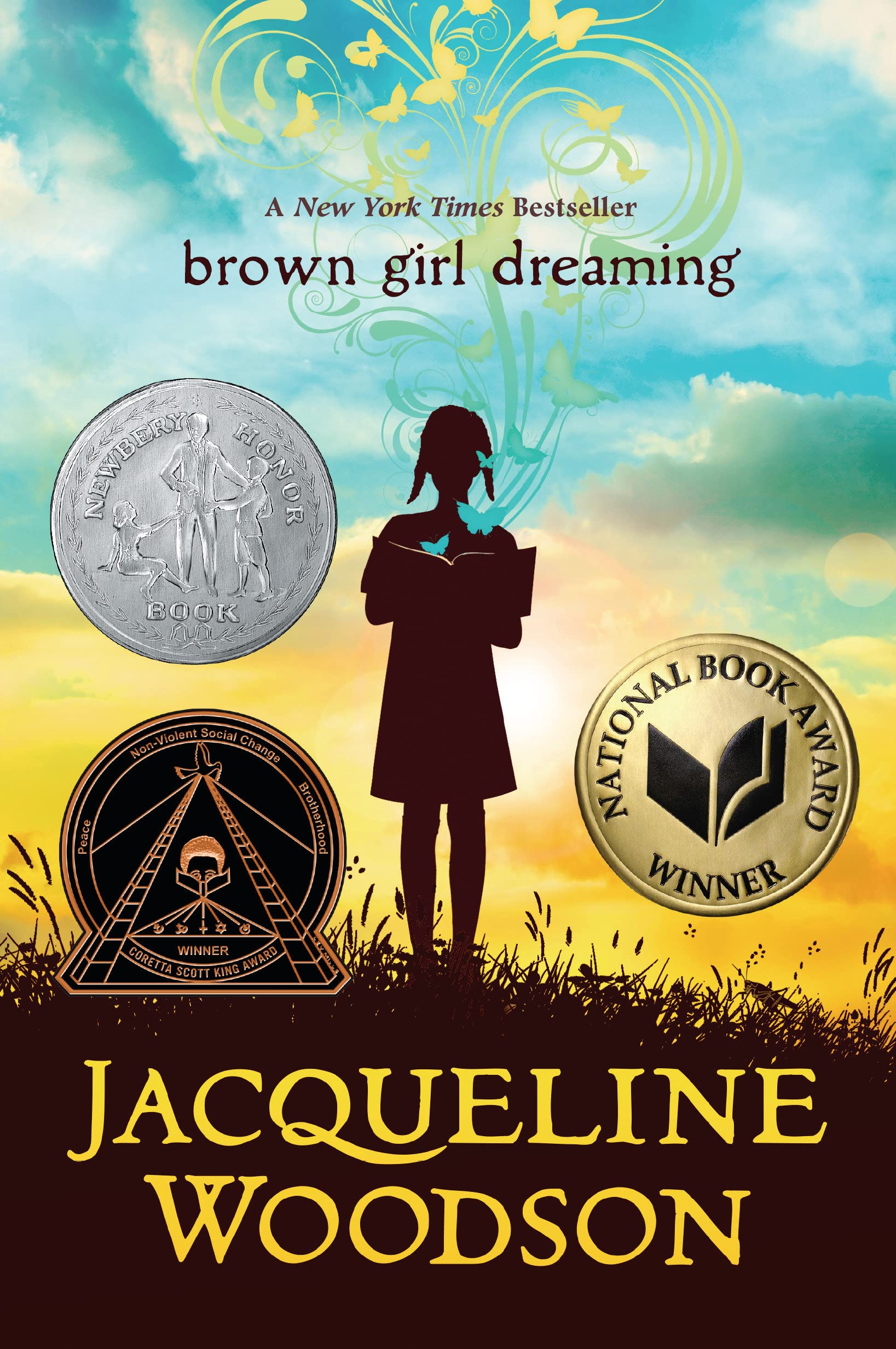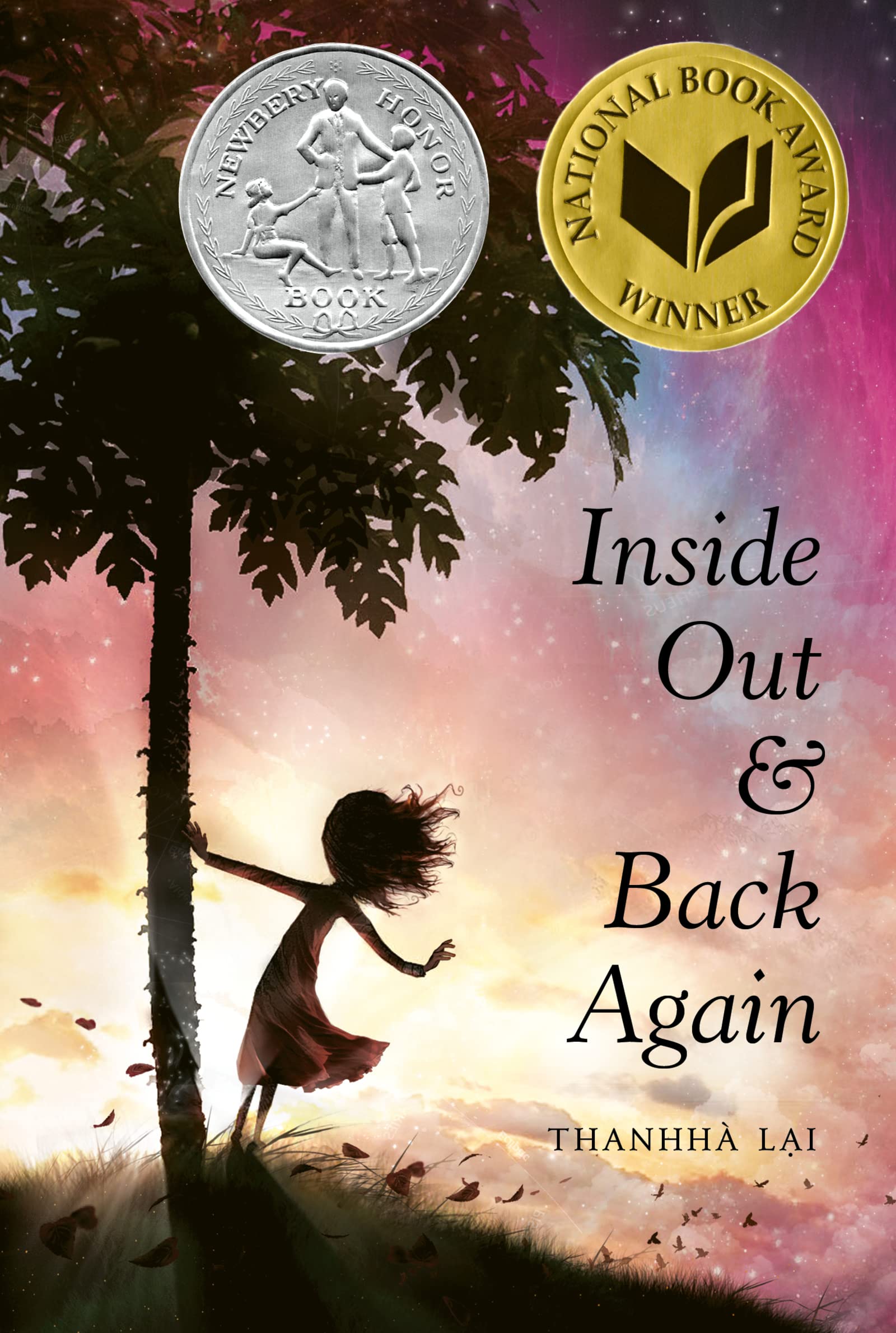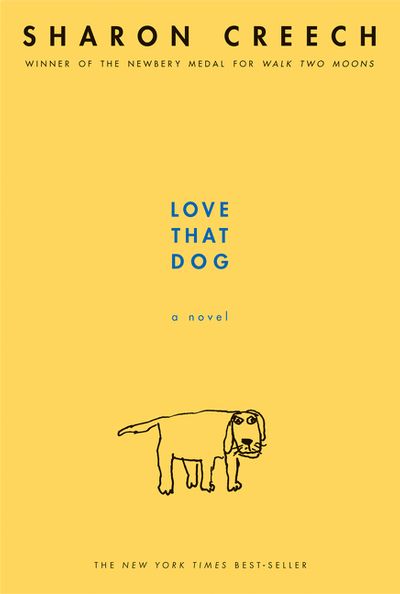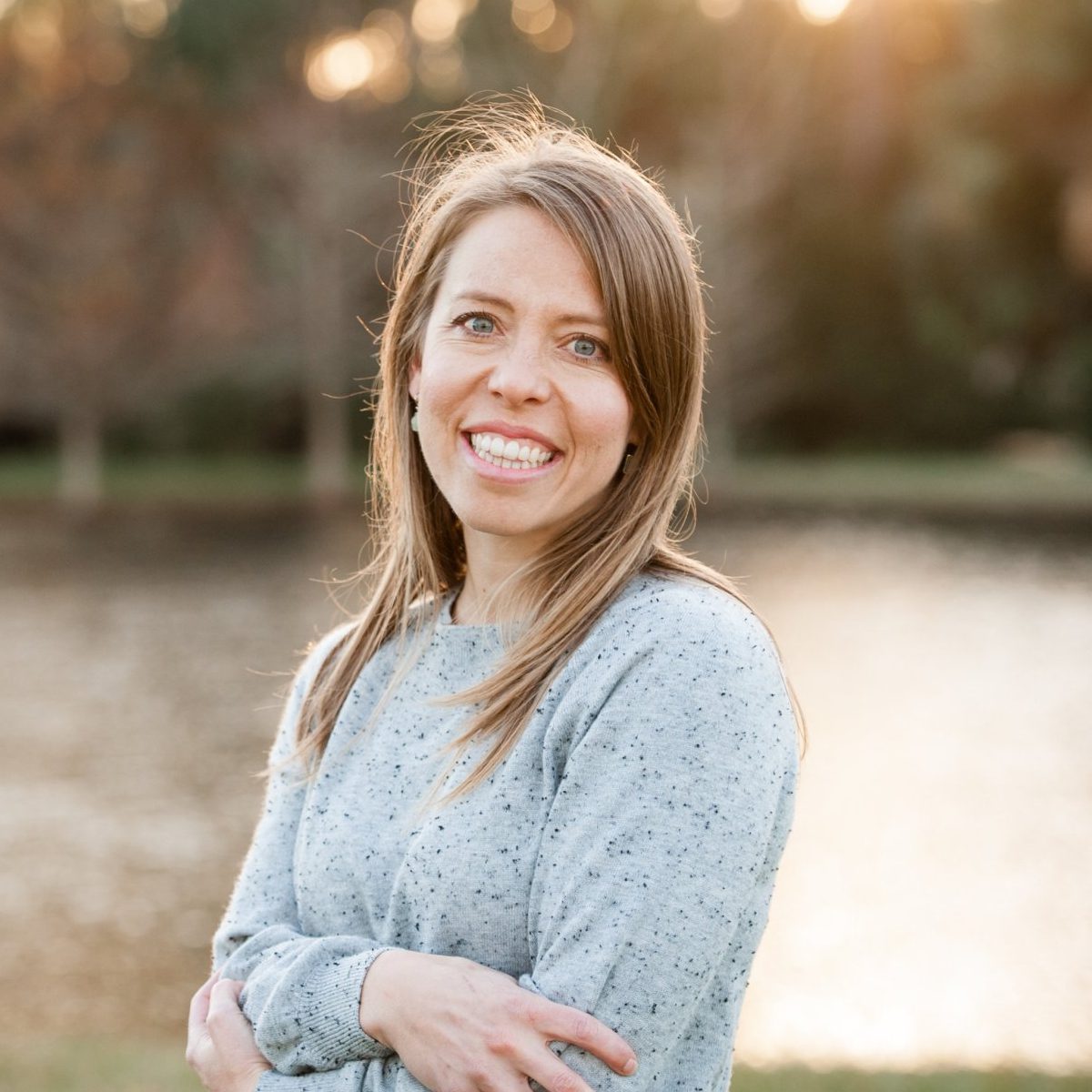Why Read Poetry?
Most people don’t enjoy poetry or find much interest in it, so they often don’t take the time to read it to their children. However, poetry has incredible benefits for kids. It can be inspiring, but it also helps to develop language and early reading skills! This article will help you to better understand the benefits of sharing poetry with children and also give you some ideas for sharing poetry with your own children. At the end, I have included a list of accessible books, including books written in verse, poetry anthologies, classic poems, and books inspired by some of the greatest poets of all time.
*I use affiliate links to share products with you. If you use the link to make a purchase, the cost of the book doesn’t go up for you. However, I will receive a commission and I do appreciate your support.
Poetry Teaches Rhyming
Reading poetry promotes phonemic awareness, which is the ability to identify individual sounds in a word. When kids begin to have a grasp of phonemes (the individual sounds), this indicates they will have greater reading success. Reading poems allows kids to play with sound in a fun, stress-free way. According to readingpartners.org, “Rhyming can help kids identify sounds in words and identify word families.”
I would recommend reading poetry early and often so little ones can begin to hear the language used in poems. They will also hear the repetition of phonemes in rhyming patterns. Plus, vocabulary is more advanced in books compared to the language you use every day while speaking to your child.
If your kids find nursery rhymes to be uninteresting or babyish, you should share lyrics to popular songs with them instead. This will have the same benefits!
Poetry Promotes Fluency
Another benefit of poetry is that it is short and quick. It’s important to read poems multiple times to comprehend what is being said. They are often filled with symbolic meaning, but sometimes rereading them is just fun.
Repeated readings helps to build fluency. With each reading, children are learning to pronounce unfamiliar words and read with expression as the text becomes more familiar. This practice will easily begin to benefit them as they are reading any type of text.
Kids Find Poetry to be Interesting
In my personal experience, and in many of the articles I read while researching this topic, kids love to read poetry. They have a very high interest in silly poems like the ones written by Shel Silverstein. And, after Amanda Gorman shared her poem, “The Hill We Climb” at the Presidential Inauguration, her new book become a bestseller and inspired many children.
Kids find poetry to be more interesting than adults. They love to be silly, play with words when given the right inspiration and ideas, and to create their own poetry. As adults, we have lost interest in this kind of play, but it doesn’t mean we shouldn’t offer it to our kids. Poetry is good for the soul and participating in this kind of word play will only benefit kids as they grow.
Forms of Poetry
Reading poetry doesn’t mean that you have to sit down and read through a book of classic poems. There are many ways to introduce kids to different forms of verse, which will help to make poetry more accessible and interesting. Here are some examples:
- Nursery rhymes
- Lyrics to songs
- Books in verse – This type of poetry is defined as “a novel in poetry. A hybrid form, the verse novel filters the devices of fiction through the medium of poetry,” according to Poets.org.
A Poem a Day
While I was teaching 5th grade, I chose to do a daily activity with my students in order to introduce finding the theme of a poem to them. We simply referred to the time as “Morning Poetry.” I found the poems in poetry books for children and made sure to include works from classic poets.
Each morning we read a poem together and, in the beginning, we would discuss simple ideas and consider what the characters would do and say. As a week or so would pass, we would begin to also talk about the topic of the poem. After that we would discuss the important details (tying in main idea) that supported the topic. From there, a couple of weeks later we would also talk about the speaker’s reflection on that topic. Consider: what is their point of view? Then, finally, we would use that information from the other questions to identify the theme of the poem.
This time was important to the students. It helped to build their confidence and understanding of reading poems, which can often be arbitrary and confusing to a ten year old. My favorite, and the most important part of the process was watching them begin to grow in their love for poetry. Many of them used their independent writing time to write poems that reflected the one we read from that morning. It was exciting to see them love this work of art and then begin to create on their own!
Poetry to Inspire Kids of All Ages
The following is a list of books that are appropriate for kids of all ages. There are a variety of books to try out. I would try out multiple options to share with your children. They will likely find some great inspiration after you share these works together.
Ages 1 to 4
All the World
by Liz Garton Scanlon
All the World is a staple in our home. I love the sweet rhythm and the connections made between each of the images. On one page you see a family enjoy the beach, then you can spot the same family at the farmer’s market purchasing vegetables. At the farmer’s market you can spot someone buying a young tree, then on another page the man and several children have the the tree in a wagon and they are climbing a huge, well-established tree. My favorite illustration is at the end when you see many of the people coming together to sing songs and enjoy the company of one another. I love how communities work, intertwine, and join together. Being with people is a pleasure, the highs and the lows. And this book shares it all.
Who Sang the First Song?
by Ellie Holcomb
My good friend gifted this book, Who Sang the First Song?, to my family and I am so thankful that we have added it to our collection. Ellie Holcomb wrote this book as a response to a question her little one asked her. In her answer, she uses onomatopoeia to explore different aspects of nature and the great sounds that we hear: when the thunder went boom, when the lion roars, when the trees burst into song. She finally explains that it was God, our maker who sang the first song.
You can also enjoy this book in song form by listening to her album called Sing: Creation Songs.
1, 2, 3, Do the Dinosaur
by Michelle Robinson & Rosalind Beardshaw
There is no other book on our shelf that causes my one year old to jump to his feet and start to dance more than 1, 2, 3, Do the Dinosaur. In this book a “dinosaur named Tom taps a rhythm on a tree and he beckons al his buddies shouting, ‘Come and copy me!'” Tom leads all of the dinosaurs through a dance where they stomp, chomp, and swish their tails. It is a fun song and dance that you will be humming to yourself (or even out loud!) long after you turn the last page.
The Gruffalo
by Julia Donaldson
The Gruffalo is story with rhyming text about a clever mouse. As he is strolling through the woods, he comes across several animals who believe him to be a delectable meal. In an attempt to convince them to leave him alone, he explains that he is meeting a terrifying creature named the Gruffalo. His description of the Gruffalo is enough to scare them away! The best part of the story is when Mouse suddenly encounters the very animal he has described.
Nibbles: Colors
by Emma Yarlett
Emma Yarlett is a creative genius and each of the books she writes are unique! Nibbles: Colors is about a silly, book-eating monster that chomps through each page of the book trying to decide which color he likes the best. It’s a great way to introduce the concept of colors to little readers in a rhyming text.
Ages 4 to 8
Where Happiness Lives
by Barry Timms & Greg Abbott
Where Happiness Lives is one of my favorite stories! It has a beautiful theme of being content with what you have been given. The best part is, that message is conveyed through beautiful illustrations (including flaps and cut-outs), excellent vocabulary, and poetic text. We have read this book 100 times and I have yet to tire of it.
The Day You Begin
by Jacqueline Woodson
Jacqueline Woodson has a way with words, and this story eloquently describes that feeling you might get when you are in a room where you feel a little out of place because no one there is quite like you. The Day You Begin is a great reminder to be confident of who we are, and to share our uniqueness with others. There is a really good chance, that with a little bravery, we will make new friends and begin to feel comfortable.
When Green Becomes Tomatoes
by Julie Fogliano
When Green Becomes Tomatoes is a sweet book of poetry that I really enjoy reading! Each poem is titled with a date and it describes the unique things you would see or experience at that time of the year. It would be fun to pick this book up at any time of the year and read about the specific season you are in.
A Song for Gwendolyn Brooks
by Alice Faye Duncan
The book, A Song for Gwendolyn Brooks is a poetic tribute to the life and work of Gwendolyn. After growing up on the South side of Chicago, she wrote poems about her experience as black female in urban America. She was the first black author to win a Pulitzer Prize for her writings. I love how this book combines Brooks’ poetry, as well as a great biography written by Alice Fay Duncan.
This book is part of the People Who Shaped Our World series.
Stop that Poem!
by Eric Ode
Stop that Poem! is a great combination of verse and illustration. The two work together perfectly to show the playfulness that can be found in poems. I can’t help but think of the poetry magnets that adorned many people’s refrigerators years ago as I read this poem. In the illustrations of this book, you see those magnets stacked, sailing on the wind, floating on a river, and hanging on a clothes line. The words are repeatedly rearranged, creating a new poem with the turn of every page. I love the creativity and the inspiration that can be drawn from this story.
Ages 8 to 12
Out of Wonder
by Kwame Alexander
Out of Wonder is an inspirational book written by Kwame Alexander to honor 20 different authors! Each poem is written in the style of the author it celebrates. This would be a fun book to work through with students or your own child; you could read the poem, study the characteristics that make it unique, and then write your own poem in a similar style.
I also love the mixed-media images that were done by Chris Colderley and Marjory Wentworth. They are bold, bright, and compliment each poem perfectly.
Unbound
by Ann E. Burg
Grace and her family are slaves, working for a heartless master. She begins to question their situation, recognizing the injustice of it all, and her family is forced to flee. Ann E. Burg’s story in verse is also a beautiful piece of historical fiction about runaways in the Great Dismal Swamp.
Jazz
by Walter Dean Myers
Reading through this book of poetry by Walter Dean Myers made me feel like I was listening to a jazz album, which I love to do, by the way. Each poem had a swinging rhythm and frequently referenced jazz legends like Louis Armstrong, Miss Kitty, and Jack Wilson. I especially like how some of the poems were organized into “sessions.” If you combined the poems of “Bass,” “Piano,” and “Horn,” by reading them aloud, I bet you could hear the instruments and vocals complimenting one another as if you were listening to a live band.
Joyful Noise
by Paul Fleischman
I have always had so much fun reading Paul Fleischman’s Joyful Noise: Poems for Two Voices. These poems are uniquely written so two people can read them together. They are clearly organized so both readers know when it’s their turn to speak and when they should speak simultaneously. One of the great benefits of reading this particular book is that you and your partner will need to practice the poem multiple times to make sure it’s fluent. This is one of the best ways to help kids build reading confidence and also become a more fluent reader over all! To see an example of my sister and I reading one of these poems aloud, watch this video!
Ages 9 to 13
Other Words for Home
by Jasmine Warga
Other Words for Home is a gorgeous book that is written in verse. I had the pleasure of listening to the audio version, which helped to give me a better picture of the overall expression Jasmine Warga was wanting to portray to her readers. After all, poetry is meant to be read aloud so you get a better sense of the rhythm and rhyme. This book is about a young girl named Jude who had to leave her older brother and father in Syria as she and her mother moved to Cincinnati. She is working hard to make a way in this new country; to make a home as she has lost one that she dearly loves.
Becoming Muhammad Ali
by James Patterson & Kwame Alexander
I really enjoyed this take of young Cassius Clay’s life written by James Patterson and Kwame Alexander. The two authors have come together to tell the story of how Muhammad Ali came to love boxing as a young boy by combining their unique writing styles. Patterson told the story of Clay from his best friend’s point of view in prose, while Alexander filled in poetry written from Cassius’ point of view. It was very well done; appealing to young kids who enjoy quick, inspiring reads. You get an inside look at his relationship with his parents, his struggle with school, and also his dealings with typical childhood friendships.
Brown Girl Dreaming
by Jacqueline Woodson
This is another beautifully told story that should be listened to as an audiobook. In Brown Girl Dreaming, Jacqueline Woodson tells her own story of living during the Civil Rights movement while calling both South Carolina and New York home. Not only is this story a great way to learn more about that time period for kids, it’s also inspirational in that Woodson, who struggled with reading as a child, was beginning to find her own voice by writing poetry and stories.
Read my full review of this book which also includes questions to guide your child as you read.
Inside Out and Back Again
by Thanhhà Lai
Inside Out and Back Again is a story about the author’s personal immigration experience of fleeting Vietnam and moving to Alabama. The book has won numerous awards and does a fantastic job of telling a sensitive story from the point of view of a child. I think this is important for kids to read because it will help them to have a better understanding of life outside of many of their own communities.
Love that Dog
by Sharon Creech
Sharon Creech’s books have always been a favorite of mine. Love that Dog is a great collection of poems that tells an inspirational story. One of the things I especially enjoy about reading books in verse is that you learn one small piece of the overall puzzle from each poem. This particular story is told by a boy named Jack. He despises poetry because “only girls write it,” but he is forced to write one of his own by his teacher at school. Beautifully, the more he writes during this poetry unit, the more he realizes that it allows him to really express himself in a way he never has before.
Love that Dog is part of the Jack series. The second book is called Hate that Cat.
Poetry is for Everyone
Please feel free to share about your favorite books of poetry or books written in verse in the comments. My hope would be that this post could serve as a great resource of favorite books for anyone to access!

